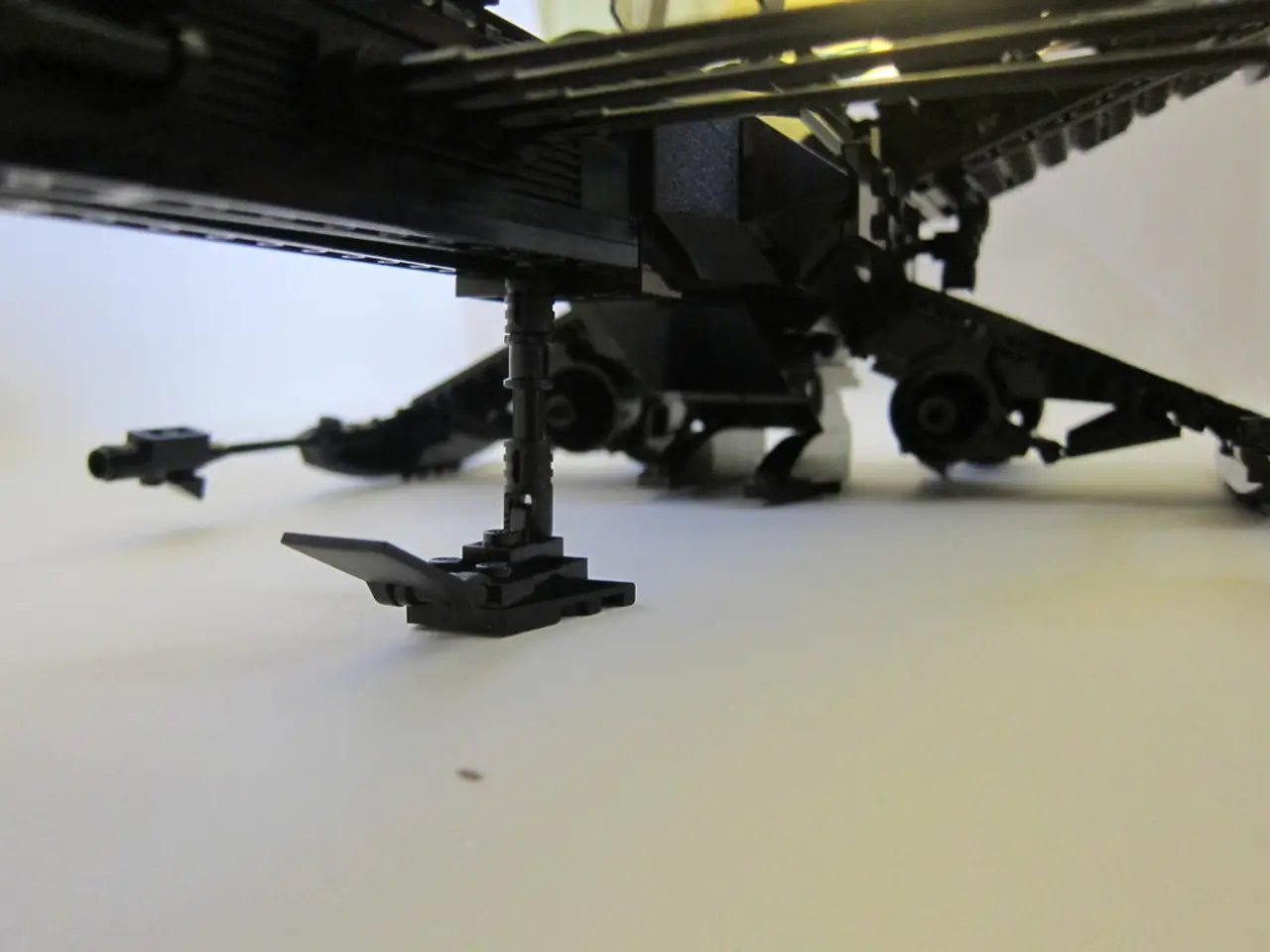- Effort initiated for retrieving military ammunition in the Bay of Wismar
A significant World War II munitions recovery operation is set to commence this weekend off the Mecklenburg Baltic coast near Boltenhagen. The operation, which is part of an immediate program for munitions legacy in the North and Baltic Seas, aims to safely locate, recover, and dispose of unexploded ordnance (UXO) from the war.
The recovery operation will be conducted by Baltic Diving and Salvage Operations in Rostock. The divers will be brought down to 22 meters using diving elevators on board the converted "Baltic Lift", a former tanker now serving as a salvage platform. Up to 15 tons of World War II-era ordnance will be retrieved from approximately 22 meters below sea level.
The munitions in the Wismar Bay are likely located next to a scow that is lying belly-up, with an estimated total volume of around 1,000 tons. However, the visible munitions are just the tip of the iceberg; the majority of the 80-year-old explosives are likely buried under meters of sediment and silt.
The clearance operations in the pilot project will run around the clock with two shifts of 24 employees each. The pre-sorted munitions are loaded into separate boxes underwater and transported by ship to Wismar, from where they are overlanded to a federal disposal facility.
The recovery operation is estimated to cost around five million euros. This is one of the many projects that will be funded by the new federal competence center for munitions recovery in the North and Baltic Seas, based in Rostock. A total of 100 million euros in federal funds are available for such projects.
The munitions on the seabed pose an extreme risk to the environment due to corrosion and leaking TNT explosives. By removing these munitions, the operation will eliminate dangers to marine traffic, local communities, and the environment.
For detailed and specific information about the Wismar Bay project, official local government or maritime authorities’ reports or announcements would be the authoritative sources to consult.
- The steel industry could benefit from the materials recovered during the World War II munitions operation in the Wismar Bay, as the retrieved ordnance may contain valuable metals.
- In light of the ongoing climate-change crisis, the steel industry can play a significant role in reducing its carbon footprint by adopting environmental-science policies and legislation, particularly in regards to manufacturing practices.
- The success of the steel industry's transition towards a greener future might depend on politics and general news, including public support and government incentives for cleaner manufacturing.








